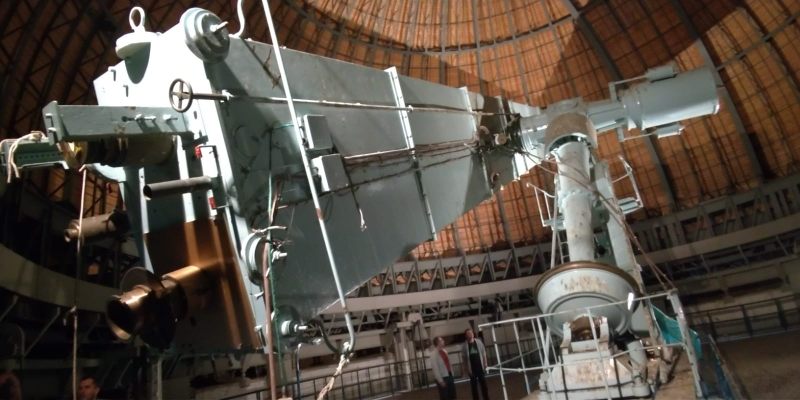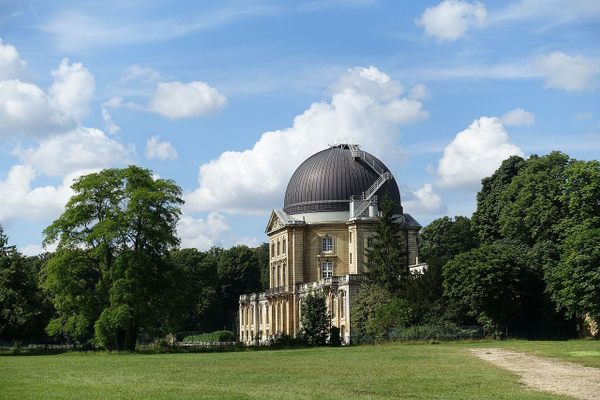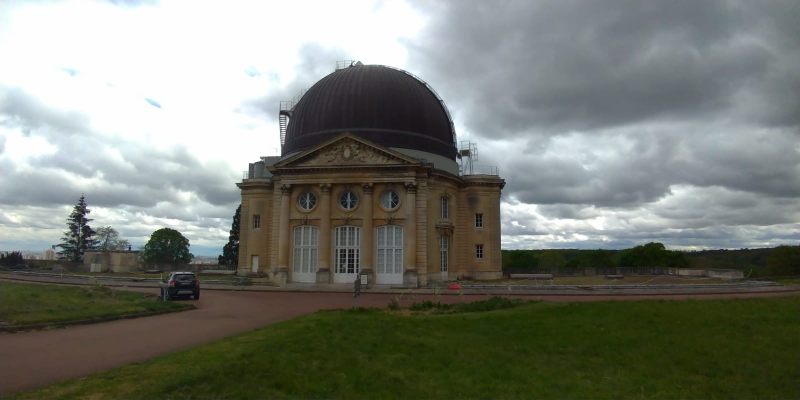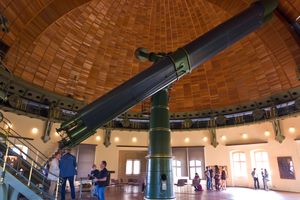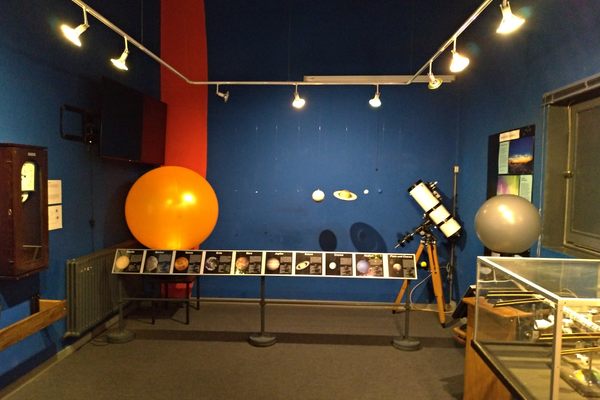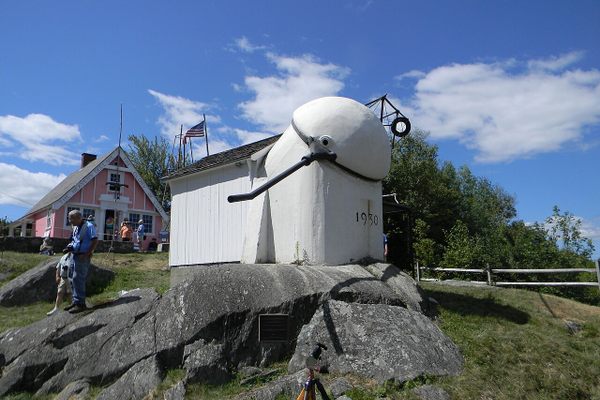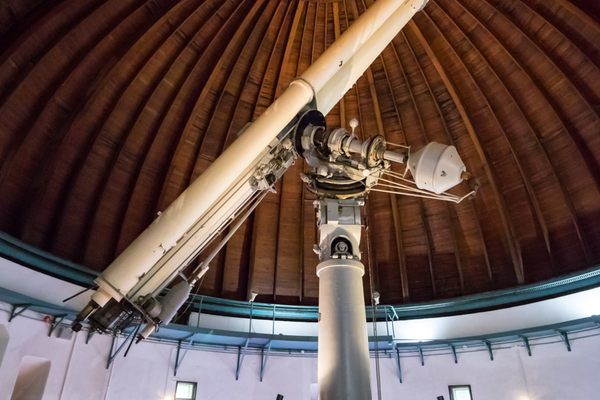About
Europe is home to many old and beautiful observatories, and many of them used to compete with each other in terms of telescope size. The larger the telescope, the more detailed observations could be, leading to bigger discoveries. In France, the Grande Lunette of Meudon Observatory could be considered the peak of that old rivalry.
Meudon Observatory was built in the late 19th century. It was one of a number of new observatories built at that time that brought telescope and laboratory facilities together to study the physical structure and chemical composition of stars. The physicist and astronomer Pierre Jules Janssen was put in charge building the new observatory, and chose Meudon as its site. Located just southwest of Paris, Meudon was near enough to reach the universities in the capital, but isolated enough "to escape the vibrations of the earth and the illumination of the atmosphere." Janssen oversaw the renovation of Château Neuf, an old castle, and the construction of a laboratory and several cupolas to house telescopes.
The largest one, the Grande Coupole, houses the Grande Lunette, or Great Refractor, which was put into service in 1891. It is a double telescope with one 82-centimeter lens for observers to make visual measurements and one 63-centimeter lens that was designed for photographic measurements. The telescope is housed in an enormous tube, about 17 meters long.
The main focus of work at Meudon was the physical and chemical structures of the Sun, of course solar telescopes were used for that and not this one. Photographs taken with the Grande Lunette also helped disprove a long-running theory about Martian canals in 1909. In 1926, Meudon Observatory became a satellite campus of the Paris Observatory. The telescope was used well into 1980s, serving the astronomical community for nearly a century. These days it is not interesting from a scientific point of view, but still holds extreme historical and educational value. For this reason the whole building was renovated in order to allow for outreach.
Today, the Grande Lunette is still the fourth largest refractor in the world, after those at Lick Observatory in California (91 centimeters, 1888), the Swedish 1-m Solar telescope in La Palma (98cm, 2001) and Yerkes Observatory (1.02 meters, 1897) in Wisconsin. The legacy of these massive telescopes also lives on through even larger telescopes of different types like the Very Large Telescope, the Atacama Large Millimeter Array, and the LOFAR Superterp.
Related Tags
Know Before You Go
Renovations are not yet fully complete and therefore the telescope is not readily accessible to the general public. The best way to get in is to know someone working at the observatory.
Community Contributors
Added By
Published
February 5, 2020
Sources
- https://en.wikipedia.org/wiki/Meudon_Great_Refractor#Observations
- https://www3.astronomicalheritage.net/index.php/show-entity?identity=36&idsubentity=1
- https://cds.cern.ch/record/1555683
- https://en.wikipedia.org/wiki/Meudon_Great_Refractor
- https://www.obspm.fr/-histoire-du-site-de-meudon-.html?lang=en


